#eryops
Text

How much is the fish!? - New 'spondyl drop:
"A new eryopid temnospondyl from the Carboniferous–Permian boundary of Germany"
https://www.cambridge.org/core/journals/journal-of-paleontology/article/abs/new-eryopid-temnospondyl-from-the-carboniferouspermian-boundary-of-germany/992657993894BEF3C1F7E964C87709DF
Back in december I had the chance to visit the Geoskop Museum and catch a quick glimpse at Stenokranio boldi and other specimen yet to be described.
Real geek talk here: there is nothing more exciting than discoveries in the making.
So here is a little rerendering of an Eryops I drew back in 2021.
54 notes
·
View notes
Photo




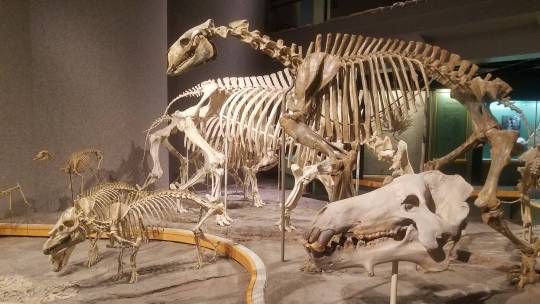


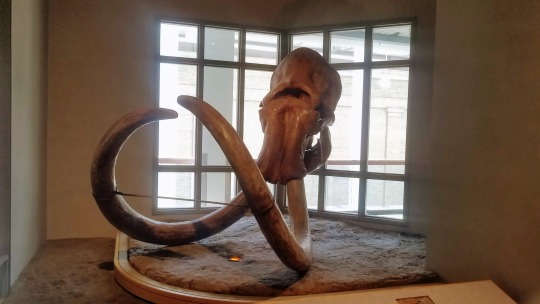
Non-dinosaurians from the Denver Museum of Nature and Science
#paleontology#fossils#dunkleosteus#eurypterid#dimetrodon#eryops#megafauna#Gomphotherium#daedon#mammoth#Denver Museum of Nature and Science
289 notes
·
View notes
Text


Eryops, an amphibian from the Carboniferous and Permian.
225 notes
·
View notes
Text
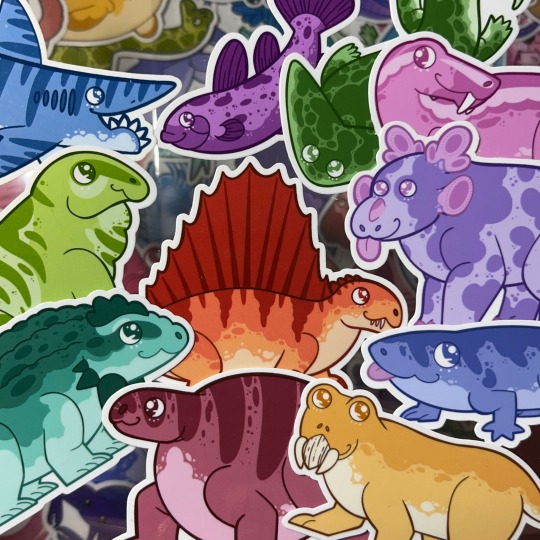
Permian group photo!! This is all of the Permian Posse thus far, who do you think I’m missing?
#paleoart#paleontology#paleontology art#shop link is pinned on my page#Permian#Paleozoic#dimetrodon#estemmenosuchus#cotylorhynchus#Moschops#Coelocanthus#lystrosaurus#diplocaulus#helicoprion#Eryops#Scutosaurus#inostrancevia#gorgonopsid#small business#sticker art#stickers
72 notes
·
View notes
Text

The range of amphibian forms from The Life of Animals with Backbones; Foundations of Vertebrate Zoology. Written by Michael Gabb. 1966.
#prehistoric#prehistoric amphibians#ichthyostega#eryops#amphibians#mudpuppies#newts#salamanders#ambystoma#toads#common toads#surinam toads#frogs#tree frogs#common frogs#caecilians#Haywood
322 notes
·
View notes
Text



Part two is here!
Original/Part One/Part Three
Please follow @aspenwynd as it was their original idea and they make absolutely pretty art
#my art#PrehistoricChallenge#paleontology#dunkleosteus#eryops#inostrancevia#devonian period#carboniferous period#permian period
8 notes
·
View notes
Text



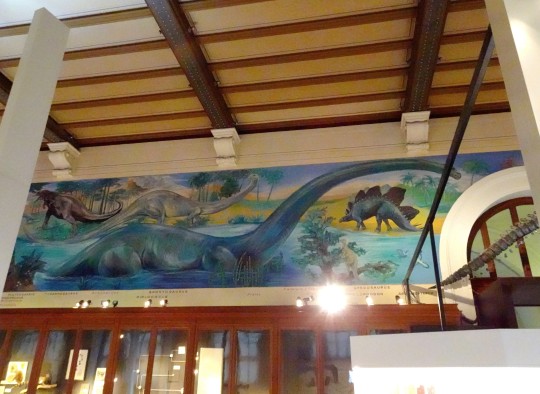



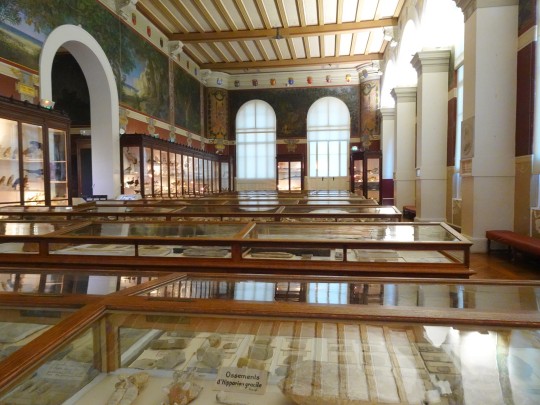
Marseille. Le Palais Longchamp abrite deux musées, ici le Muséum d'Histoire Naturelle. Les salles aux vitrines et aux peintures murales, agréablement vieillottes ! J'apprécie les dinosaures "à l'ancienne" !
Dans l'ordre, on voit un Brontosaure et un Stégosaure. Puis sur l'autre, un Stégocéphale (un Eryops ?), un Dimétrodon et un Tyrannosaure.
#marseille#longchamp#palais longchamp#muséum d'histoire naturelle#vitrines#dinosaure#paléontologie#tyrannosaure#stégocéphale#dimétrodon#brontosaure#stégosaure#stalagmite#cataracte#chutes d'eau#eryops#dimetrodon
7 notes
·
View notes
Text






Eryops megacephalus
(temporal range: 299-278 mio. years ago)
[text from the Wikipedia article, see also link above]
Eryops (/ˈɛri.ɒps/; from Greek ἐρύειν, eryein, 'drawn-out' + ὤψ, ops, 'face', because most of its skull was in front of its eyes) is a genus of extinct, amphibious temnospondyls. It contains the single species Eryops megacephalus, the fossils of which are found mainly in early Permian (about 295 million years ago) rocks of the Texas Red Beds, located in Archer County, Texas. Fossils have also been found in late Carboniferous period rocks from New Mexico. Several complete skeletons of Eryops have been found in lower Permian rocks, but skull bones and teeth are its most common fossils.
7 notes
·
View notes
Text
Eryops megacephalus, one of my favorite prehistoric amphibians, second only to Gerrothorax.


31 notes
·
View notes
Text

four animals from the permian that i drew for three reasons, one, to practice, two, because i was bored, and three, because i wanted to draw some prehistoric animals. these animals are:
-Ophiacodon
-Eryops
-Mesosaurus
-Arthropleura (tecnically appeared in the carboniferous, but survived into the early permian)
------
cuatro animales del pérmico que dibuje por tres razones, una, para practicar, dos, porque estaba aburrido, y tres, porque quería dibujar algunos animales prehistóricos. estos animales son:
Ophiacodon
-Eryops
-Mesosaurus
-Arthropleura (técnicamente apareció en el carbonífero, pero sobrevivió hasta el pérmico temprano
#paleoart#prehistoric#prehistoric animals#permian#permian period#synapsid#parareptile#temnospondyl#miryapod#millipede#eryops#amphibian#extinct amphibian#extinct animals#mesosaurus#extinct reptile#ophiacodon#proto mammal#arthropleura#extinct arthropod#my art
16 notes
·
View notes
Photo

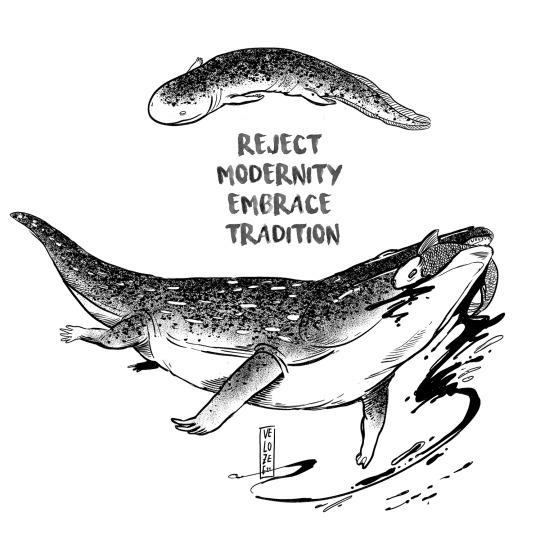



Mixed drawings from my museum trips in 2021
#paleoart#fossils#digital illustration#europasaurus#Diplocynodon#eryops#giant salamander#Spinophorosaurus#deinonychus
21 notes
·
View notes
Text
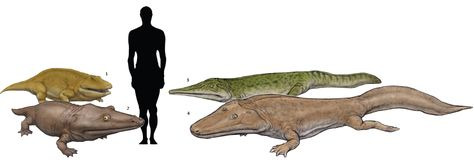
ideal blunt rotation
7 notes
·
View notes
Text
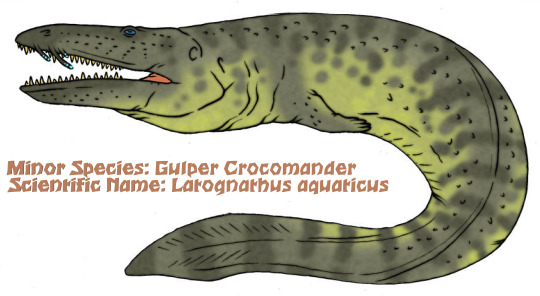
Crocomandra voraz
Altura: 2.4 metros
Longitud: 12 metros
Peso: 600 kilos
Primer Avistamiento: Isla Calavera [Tierra: Teratoverso]
Guarida: Lago Telé [Tierra: Teratoverso] Pantano Brumoso [Avatarverso]
Aspecto: Eryops + salamandra gigante
Aliados:
Humanos: Aang, Katara, Soka, Iroh, Zuko, Toph
Kaijus y otras bestias: Godzilla, King Kong, Mothra, Rodan, Anguirus
Enemigos:
Humanos: Ozai y Azula
Kaijus y otras bestias: Kasai Rex, Nguma Monene
#avatar aang#avatar: the last airbender#avatarverse#kaiju#tokusatsu#skull island#gulper crocomander#giant salamander#eryops
0 notes
Text
Creampied skank gang bang
Naughty voyeur duo enjoy JOI in lingerie
Gros seins gros cul bonne baise poly
Moriah Mills Cumshot Compilation
Mercy Doggystyle OW Overwatch 3D NSFW Animation with Sound
Young boys sex philippines and fresh men underwear gay porn movie
Homo freak loves sniffing his socks and sucking his toes
NOVINHO GRINGO PAROU O XVIDEOS
Bubble butt slut titfucks
Hot teen strip and masturbate on webcam german amateur first time
#uninherently#runs#honeyballs#Eryops#well-gained#taphouses#outdatedness#scalp#half-second#phenozygous#theoreticians#buffin#Ligon#inapparently#ungrammaticalness#greenishness#jiggumbob#thick-spread#Cebidae#Vicki
0 notes
Text
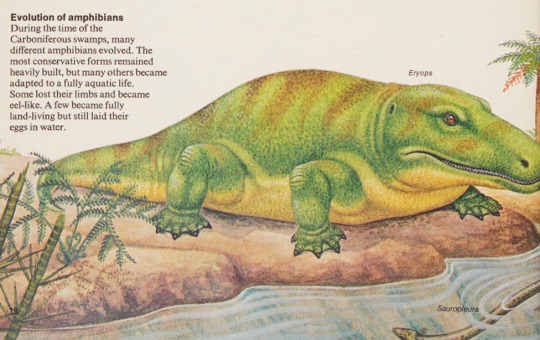
A Closer Look at: the Dawn of Life. Written by Beverly Halstead. Illustrated by Richard Orr and Philip Weare. 1979.
Internet Archive
128 notes
·
View notes
Note
Palpitoad
PokemonHistory | Closed

"Howdy Clay, curious about your little pal here, huh? They got some interesting, albeit, disgusting factoids on some of our past discoveries down the murky lakes with some culture relevance. I’ll let Rotomdex give you the breakdown."
He taps on his pokedex with the pokemon in question showing it on screen and it’s robotic cheery voice comes up.
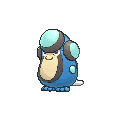
"Number 536, Palpitoad, the Vibration Pokémon. Semi aquatic, often plays a crucial role in its pokemon ecosystem by controlling insect populations, often seen in Unova located around large swamps. Areas within: Moor of Icirrus, Icirrus city, Route 8 waters, and Pinwheel Forest. They have also been spotted in areas throughout Galar but only in stormy weather, overcast, foggy, or sandstorms. With the exception of Bridge Field and in Kalos through the Friend Safary as of recent date.
Their primary source of foods are bug pokemon, including but not limited to: Sewaddles, Karrablast, Shelmet, and many other small insects that dwell in wetlands.
Palpitode has the ability to sense vibrations through its skin and remove debilitating effects when it rains thanks to it’s sticky and webbed layer of mucus that coats it’s entire body. Previously it was discovered that it would actually absorb it into it’s skin and form welts rather than reject it completely, it was a way for it’s body to use as a defense mechanism if it were to be bitten or eaten.
Demographical and environmental factors point to this creature being fully water/ poison type once. (product of being exposed to bug types like Venomoth or Spinarak) but was reclassified to water/ ground when it was determined that it had grown into this evolutionary advantage to not only make transport easier through a highly conductive terrain but also counter the large influx of Joltiks and Galvantula giving it’s resistance to electric types and paralyzing slime.
Humans have used it's slime for it's effects that had helped create medicine for anti-inflammatory,antivirus, anti-infection, and analgesic or harmful poisons. Be advised not to kiss or lick Palpitode’s or any of it’s evolutionary line, toxins are debilitating and life threatening if consumed in high dosage even if it has significantly reduced over the century.[1]
A discovery in Unova region on the outskirts of Mistralton City very close to Moor of icurrus,fossils showing a part of the Palpitode evolutionary line. Akin to many of it’s kind linking back to one predecessor that lived before humans, having an enormous skeleton and completely terapod, with a large mouth and eyes on top of it’s head to see through the murky depths. It could barely see around itself but it’s mouth was large enough to break many shields and swallow most things whole, that was unfortunate enough to step into it’s muddy home. The bones show that it too had welts, or curvature showing traces of it so this trait has been passed down through many of it’s generations. Despite this creatures size has significantly reduced even Seismitoad being only a half of what it used to be.[2]"
"Also doesn't have the giant sharp teeth or stubby legs " Blue interjects.
"It's pre-evolution, Tympole older counterpart had developed unique sound to it’s advantage to navigate and help keep itself withing it's own circle but it also had a rather strange defense mechanism. It's eyes. Mainly the warts around them. Speculation arises that it's warts grew close to it’s face causing them to leak through looking like they're crying when a predator showed up, it's speculated to turn most of them away. Evidence from what could be seen as tissue scars on the mummified specimen, that was fossilized but almost perfectly preserved Tympoles cluster with Palpitoad near them. The Palpitoad itself had curves in areas behind it's eyes but seemed to be able to preform the same action. [3]
It’s modern iteration warts grown on the side of it's head with not nearly as much warts, it used its vibration and sounds to help navigate the dark trenches of mud it safely guides itself and many other Tympoles rarely ever found alone, always following a much larger Palpitoad.
Method of transport, some would be stuck on Palpitoads' skin as another form of travel. Or inside Seismitoads mouth."
[press continue to resume]
"
"Alright I'll give it a pause here before it goes on forever. Hope that was informative"

The Rotom hid itself away again.
#pokemon history!#not real at all but related to toads!]#hc#[1] Toads are actually used for this kind of things they are pretty toxic]#[2] this is direct reference to the prehistoric toad/frog the Eryops!#[3] Toads actually have warts in very unexpected places!]#CW: pokemon anatomy#CW: kinda gross#thanks for the ask!#quakingclay
3 notes
·
View notes